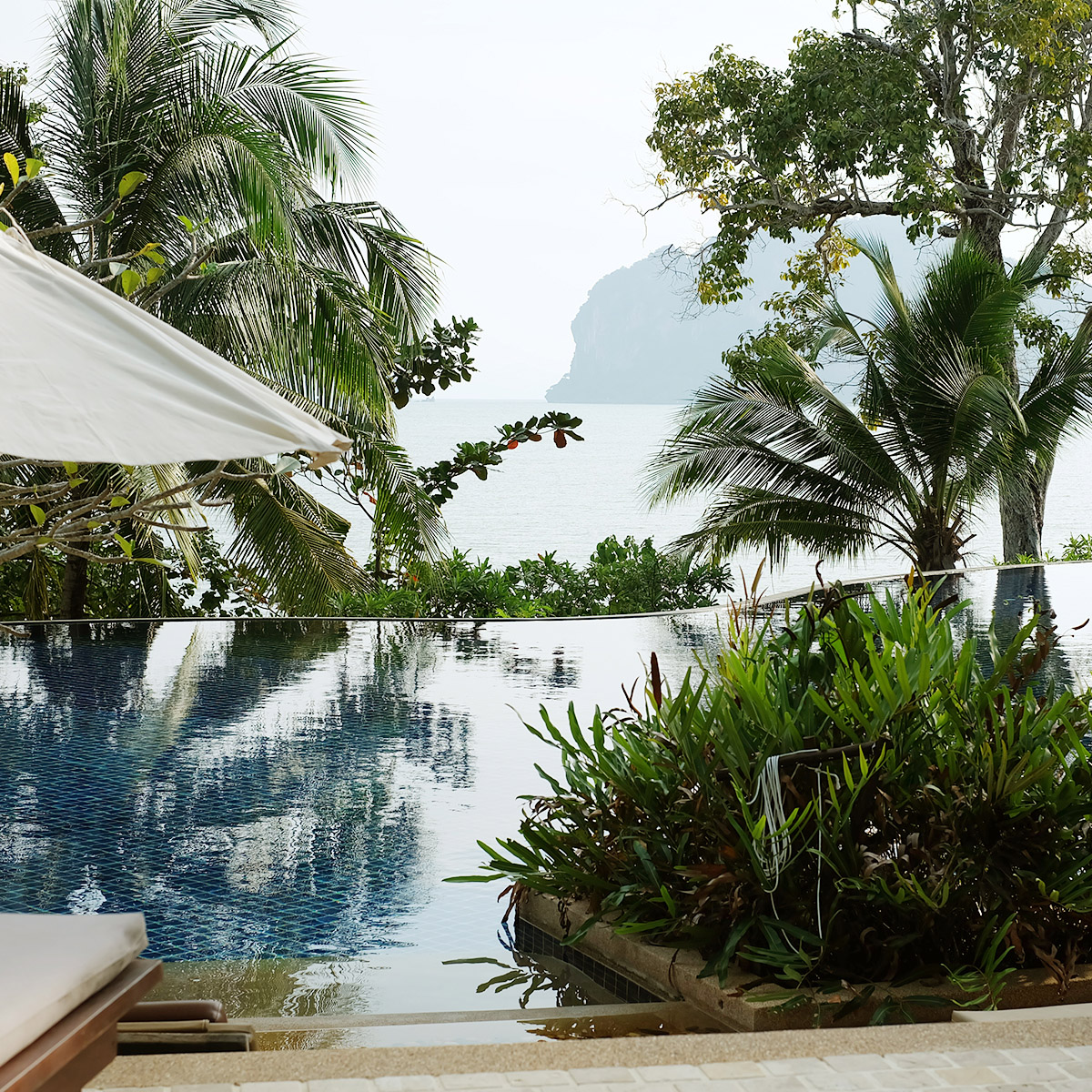
Thai food is one of my absolute favorites. It’s all about balance. Sweet, salty, sour, and spicy, perfectly layered so nothing ever feels flat or boring. Even the simplest dishes somehow manage to taste complex, thanks to the fresh herbs, the funk from fish sauce, the heat from chili and ginger, and that little spoonful of sugar that brings it all together.
In Thailand, people typically eat three main meals a day, but snacking in between is totally normal (and highly encouraged). For breakfast, a bowl of jok (a soft rice porridge with minced pork and pickled vegetables) is a popular choice, but grilled meat with sticky rice or a bowl of noodle soup is just as common. There isn’t a big distinction between breakfast, lunch, and dinner, it all depends on what’s available and what you’re craving.
Lunch is usually a quick one-dish meal like Pad Krapow with Thai basil and chili, Khao Pad (fried rice), or a steaming bowl of noodle soup. Dinner is more of a sit-down affair, with several dishes placed on the table all at once. There’s no starter–main course setup. Instead, everyone digs in and shares family-style: curry, stir-fries, soup, veggies, and always rice. You help yourself to a little bit of everything and build your plate as you go. It’s casual, cozy, and wonderfully social.
Food is eaten with a spoon and fork. The spoon is the main tool, and the fork is just there to help push food onto the spoon. Chopsticks are used for noodle dishes and meals with Chinese influence, and sticky rice is eaten with your fingers, especially in Northern Thailand and Isaan, where sticky rice is king.
Thailand’s regional cuisines are all quite distinct. In the north, around Chiang Mai, the food is milder and more aromatic. Herbs and fermented ingredients take center stage, and chili is more about flavor than fire. This is where you’ll find Khao Soi (curried noodle soup) and Nam Prik Ong (a tomato and pork dip that’s way more exciting than it sounds).
In the south, things get bolder. Fresh chili, coconut milk, seafood, and fermented fish dominate, and the flavors are intense and unapologetic. Gaeng Som, a sour, spicy fish soup, is a southern staple, and so are Massaman Curry and Gaeng Tai Pla.
Central Thailand, where Bangkok is, is a melting pot. You’ll find dishes from every region here, plus the ones most non-Thais know and love, like Pad Thai, Green Curry, and Tom Yum. It’s also where street food reaches peak deliciousness, and you can eat ridiculously well for just a few dollars.
But my favorite Thai food? That would be from Isaan, the northeastern part of the country. Isaan cuisine is rustic, bold, and full of character. Think lime, chili, fish sauce, and not much else and that’s exactly why it’s so good. Som Tam, the green papaya salad, is an Isaan classic and one of my all-time favorite dishes. It’s pounded in a mortar and comes out sharp, spicy, and bracingly fresh, with tiny dried shrimp adding umami and crunch.
Another must-try is Larb, a salad made with minced meat, lime, mint, and toasted rice powder. Eaten with sticky rice, it’s addictive. And don’t even get me started on Gai Yang which are grilled chicken served with Nam Jim Jaew, a tangy, spicy dipping sauce that makes you want to lick the plate.
Isaan food is meant to be eaten with your hands, and it’s all about flavor, not looks. It’s unpretentious, punchy, and the kind of food you crave again the moment you’ve finished your last bite. And honestly, that’s what I love most about Thai cuisine, it’s food that makes you want to keep eating.


